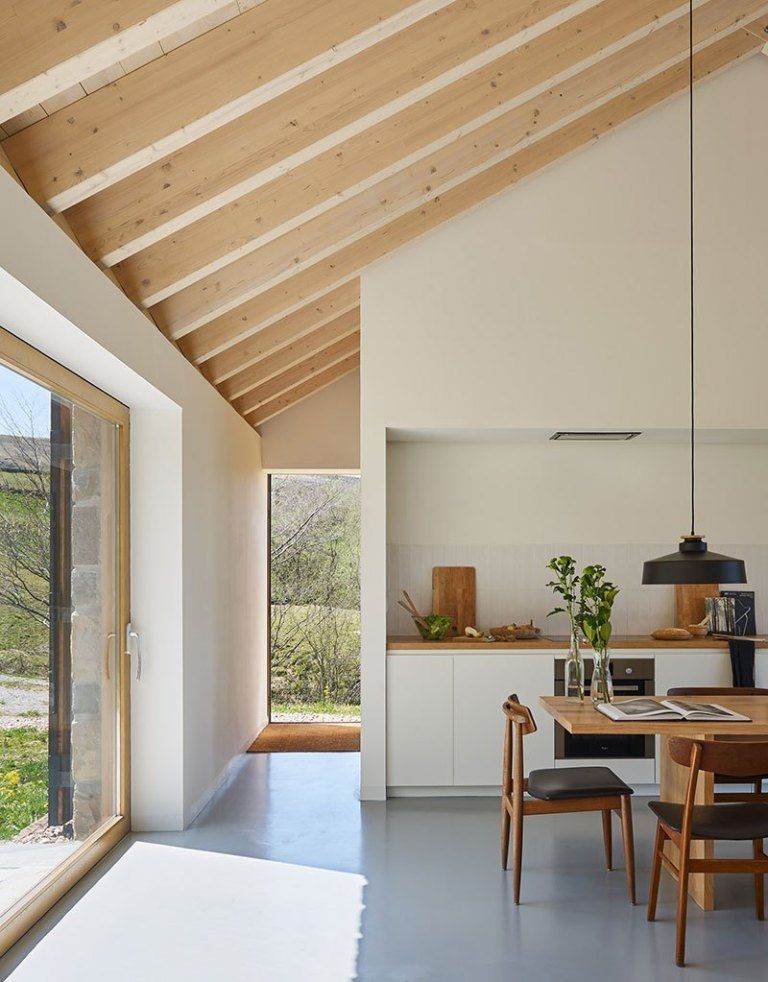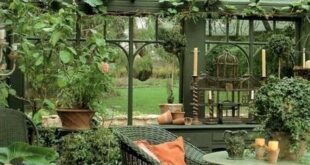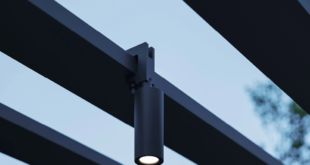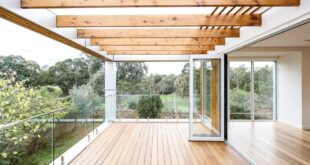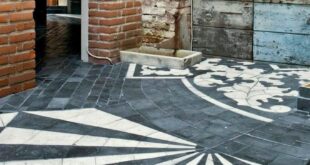Enter the world of modern interior design, where the boundaries of creativity and functionality are constantly pushed and redefined. In this article, we delve into the fascinating evolution of interior design, exploring how revolutionary ideas and concepts have transformed spaces into works of art. Join us as we unravel the secrets behind the evolution of modern interior design and discover the endless possibilities that await in the realm of aesthetic innovation.
Introduction
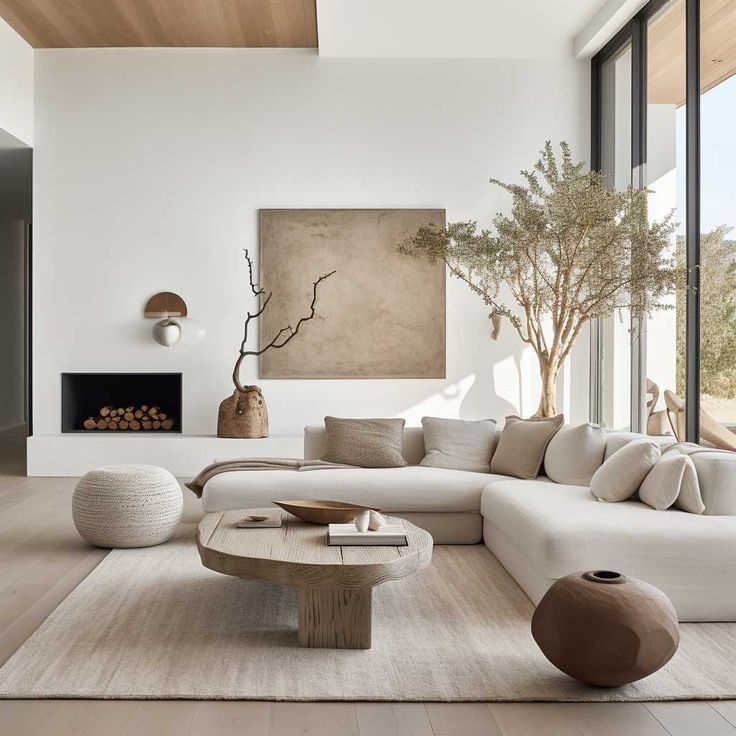 Interior design has come a long way from its humble beginnings, evolving into a dynamic and innovative field that constantly pushes the boundaries of creativity. With advancements in technology and changing societal norms, the way we design and decorate our spaces has undergone a revolution in recent years. From minimalistic and sleek designs to bold and eclectic combinations, modern interior design is all about breaking traditional rules and embracing individuality.
Interior design has come a long way from its humble beginnings, evolving into a dynamic and innovative field that constantly pushes the boundaries of creativity. With advancements in technology and changing societal norms, the way we design and decorate our spaces has undergone a revolution in recent years. From minimalistic and sleek designs to bold and eclectic combinations, modern interior design is all about breaking traditional rules and embracing individuality.
One of the key elements driving the evolution of modern interior design is the emphasis on functionality without sacrificing style. Spaces are no longer just aesthetically pleasing but also highly practical, meeting the needs and lifestyles of the individuals who inhabit them. This shift has led to the rise of multi-functional furniture, smart storage solutions, and sustainable materials that not only look good but also serve a purpose. Designers are now more focused on creating spaces that are not only beautiful but also promote well-being and efficiency.
Another major trend in modern interior design is the blurring of boundaries between indoor and outdoor spaces. With the growing popularity of biophilic design, there is a greater emphasis on incorporating natural elements such as plants, natural light, and organic materials into interiors. This seamless integration of the outdoors with the indoors creates a sense of harmony and connection with the surrounding environment, resulting in more inviting and rejuvenating spaces. As we continue to push the boundaries of what is possible, the future of modern interior design is bound to be exciting and full of endless possibilities.
History of Modern Interior Design
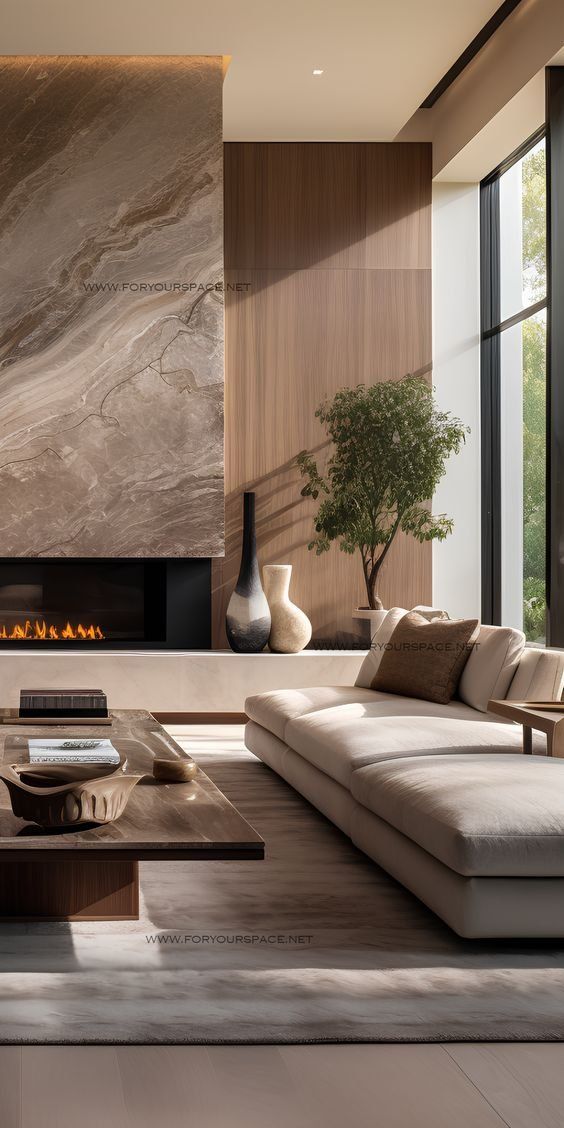 Modern interior design has a rich history that has transformed the way we think about and interact with our living spaces. From the stark minimalism of the Bauhaus movement to the eclectic mix of styles in postmodern design, the evolution of interior design reflects the changing tastes and values of society.
Modern interior design has a rich history that has transformed the way we think about and interact with our living spaces. From the stark minimalism of the Bauhaus movement to the eclectic mix of styles in postmodern design, the evolution of interior design reflects the changing tastes and values of society.
In the early 20th century, pioneers like Frank Lloyd Wright and Le Corbusier revolutionized interior design by emphasizing functionality, simplicity, and the use of new materials like steel and glass. Their innovative approach to space planning and furniture design laid the foundation for the modernist movement, which continues to influence designers today.
The mid-20th century saw a shift towards more personal and expressive interiors, with designers like Eames and Saarinen bringing a sense of playfulness and experimentation to their work. This era marked the beginning of the eclectic mix of styles that characterizes contemporary interior design, where bold colors, patterns, and textures are used to create unique and inviting spaces that reflect the individuality of their occupants.
The Influence of Technology on Interior Design
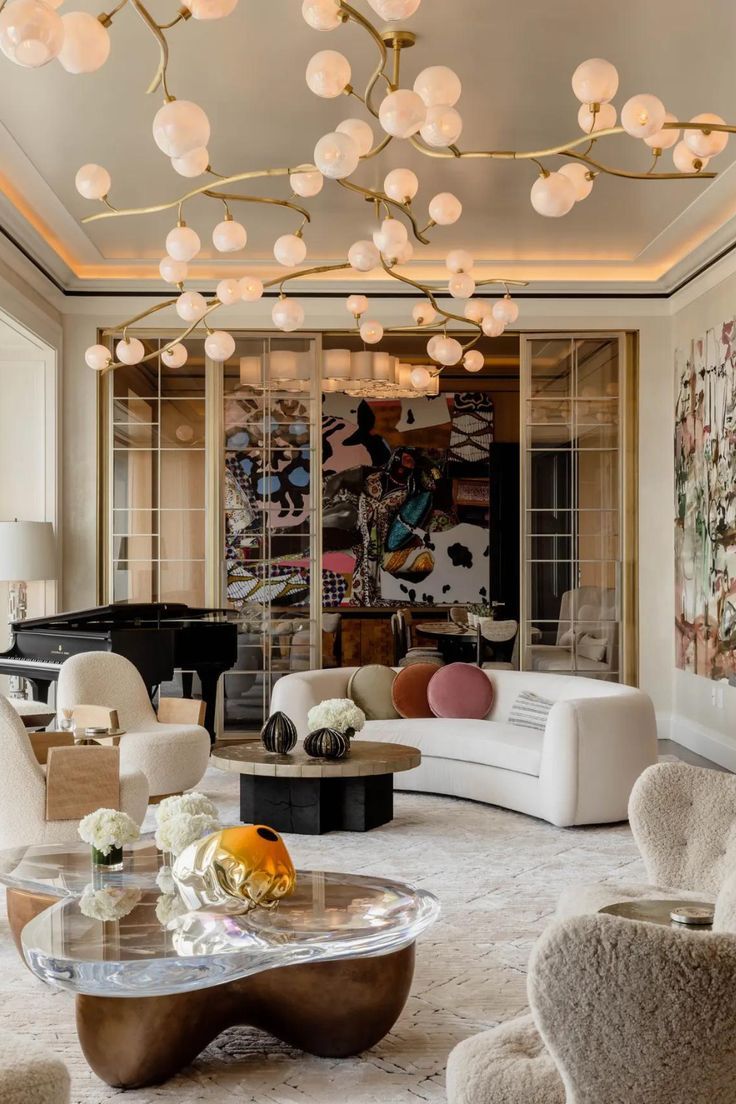 Technology has completely transformed the world of interior design, revolutionizing the way we conceptualize and create spaces. From virtual reality tools that allow designers to visualize their ideas in 3D, to smart home devices that seamlessly integrate technology into the design, the possibilities are endless. With the rise of artificial intelligence and automation, interior design is no longer just about aesthetics, but also about functionality and efficiency.
Technology has completely transformed the world of interior design, revolutionizing the way we conceptualize and create spaces. From virtual reality tools that allow designers to visualize their ideas in 3D, to smart home devices that seamlessly integrate technology into the design, the possibilities are endless. With the rise of artificial intelligence and automation, interior design is no longer just about aesthetics, but also about functionality and efficiency.
One of the most significant impacts of technology on interior design is the ability to customize and personalize spaces like never before. With the help of computer-aided design software, designers can easily experiment with different colors, textures, and layouts to create bespoke designs that cater to the unique needs and preferences of their clients. This level of customization not only results in more creative and innovative designs but also enhances the overall user experience.
Furthermore, technology has also made the process of sourcing materials and furniture easier and more accessible. Online platforms and marketplaces connect designers directly with suppliers, cutting out the middleman and reducing costs. Additionally, advancements in sustainable technology have led to the development of eco-friendly materials and energy-efficient solutions, allowing designers to create environmentally conscious spaces that prioritize sustainability.
Sustainability and Eco-Friendly Trends in Interior Design
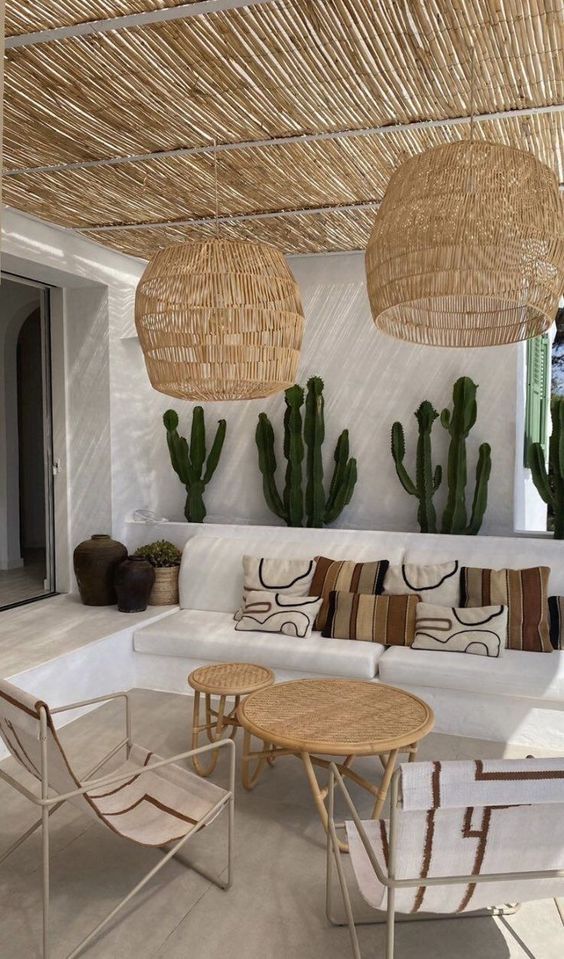 Innovations in modern interior design are taking the industry by storm, with a strong focus on sustainability and eco-friendly trends. Designers are now embracing the challenge of creating beautiful spaces that not only look good but also have a positive impact on the environment. From using recycled materials to incorporating energy-efficient lighting, the shift towards more eco-conscious design practices is revolutionizing the way we think about interiors.
Innovations in modern interior design are taking the industry by storm, with a strong focus on sustainability and eco-friendly trends. Designers are now embracing the challenge of creating beautiful spaces that not only look good but also have a positive impact on the environment. From using recycled materials to incorporating energy-efficient lighting, the shift towards more eco-conscious design practices is revolutionizing the way we think about interiors.
One of the key trends in sustainable interior design is the use of natural and renewable materials. Designers are increasingly turning to materials such as bamboo, cork, and reclaimed wood to reduce the environmental impact of their projects. By incorporating these materials into their designs, they are able to create spaces that are not only stylish but also sustainable. This emphasis on natural materials is helping to create a more harmonious relationship between the built environment and the natural world.
Another important aspect of eco-friendly interior design is the focus on energy efficiency. Designers are now incorporating features such as energy-efficient appliances, smart lighting systems, and solar panels into their projects to reduce energy consumption and lower carbon footprints. By prioritizing energy efficiency, designers are able to create spaces that are not only environmentally friendly but also cost-effective for homeowners in the long run. As the demand for sustainable design continues to grow, the future of interior design is looking greener than ever before.
Minimalism: Less is More
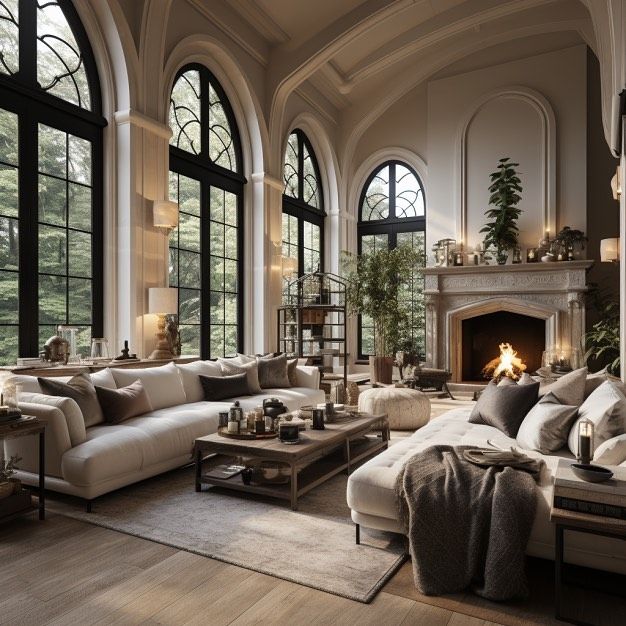 Minimalism in interior design has been a staple of modern aesthetics for decades, characterized by its clean lines, open spaces, and focus on functionality. The philosophy of “less is more” has revolutionized the way we think about our living spaces, promoting simplicity and tranquility in a world filled with clutter and chaos.
Minimalism in interior design has been a staple of modern aesthetics for decades, characterized by its clean lines, open spaces, and focus on functionality. The philosophy of “less is more” has revolutionized the way we think about our living spaces, promoting simplicity and tranquility in a world filled with clutter and chaos.
By embracing minimalism, homeowners can create a sense of calm and order in their homes, allowing for a more peaceful and harmonious living environment. The use of muted colors, simple furniture, and uncluttered spaces can help to reduce stress and promote a sense of well-being.
Minimalist design is not just about aesthetics, but also about functionality. By eliminating unnecessary items and furniture, homeowners can maximize their living space and create a more efficient and organized home. This emphasis on simplicity and practicality is at the core of modern interior design, helping people to live more intentionally and mindfully in their homes.
Maximizing Space: Small Space Solutions
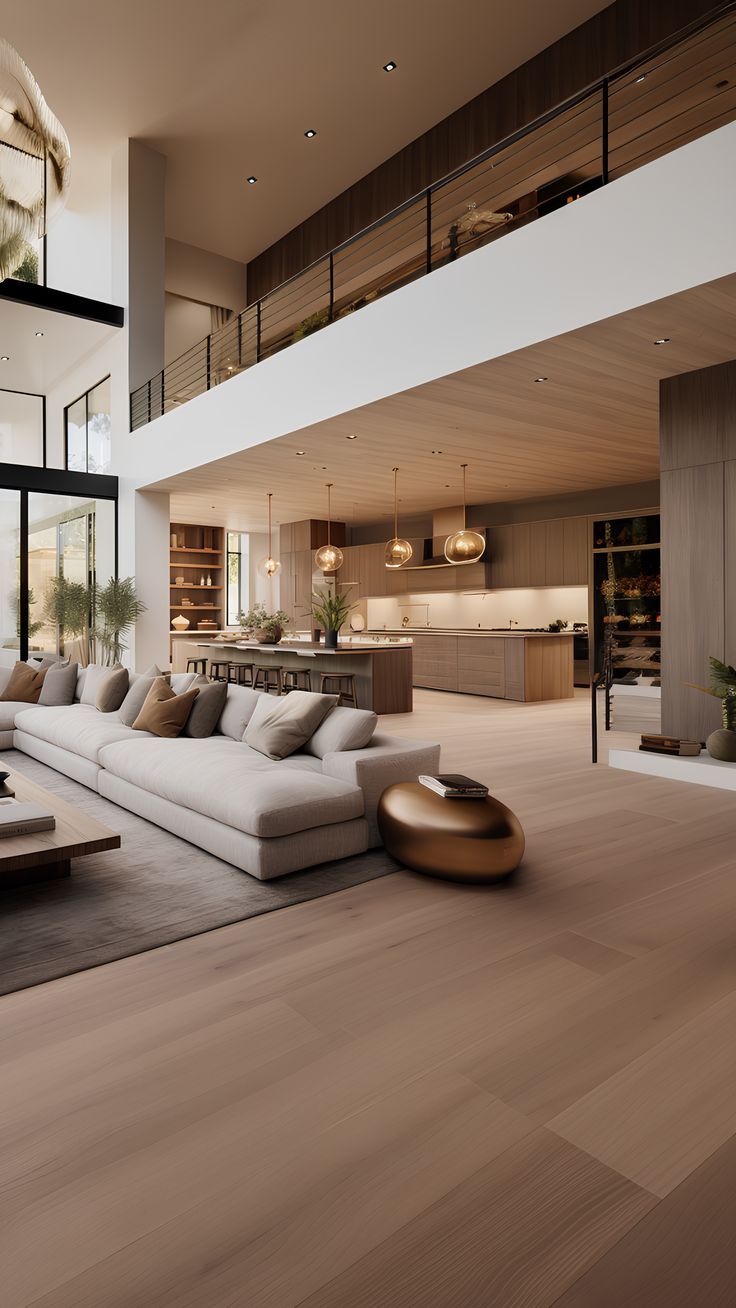 In the fast-paced world of modern interior design, maximizing space has become a top priority for homeowners and designers alike. From tiny studio apartments to compact urban lofts, the need for innovative small space solutions has never been greater. With the rise of minimalist living and the increasing popularity of tiny homes, the evolution of modern interior design is truly revolutionizing the way we think about and utilize space in our homes.
In the fast-paced world of modern interior design, maximizing space has become a top priority for homeowners and designers alike. From tiny studio apartments to compact urban lofts, the need for innovative small space solutions has never been greater. With the rise of minimalist living and the increasing popularity of tiny homes, the evolution of modern interior design is truly revolutionizing the way we think about and utilize space in our homes.
One key trend that has emerged in small space solutions is the use of multifunctional furniture. Pieces that can serve multiple purposes, such as a sofa that converts into a bed or a coffee table with built-in storage, are essential for making the most of limited square footage. This not only maximizes space but also adds a sense of versatility and flexibility to a room. Additionally, utilizing vertical space through tall shelving units, hanging planters, or wall-mounted desks can help create the illusion of a larger area while still providing functionality.
Another strategy for maximizing space is to embrace a cohesive color scheme and design aesthetic throughout the home. By keeping the palette light and neutral, with pops of color or texture for visual interest, rooms can feel more open and expansive. Additionally, incorporating elements of natural light, such as large windows or strategically placed mirrors, can help brighten up a space and make it feel larger. With the right combination of practical furniture choices, smart storage solutions, and thoughtful design elements, small spaces can be transformed into stylish and functional living areas that truly showcase the evolution of modern interior design.
Color Psychology in Interior Design
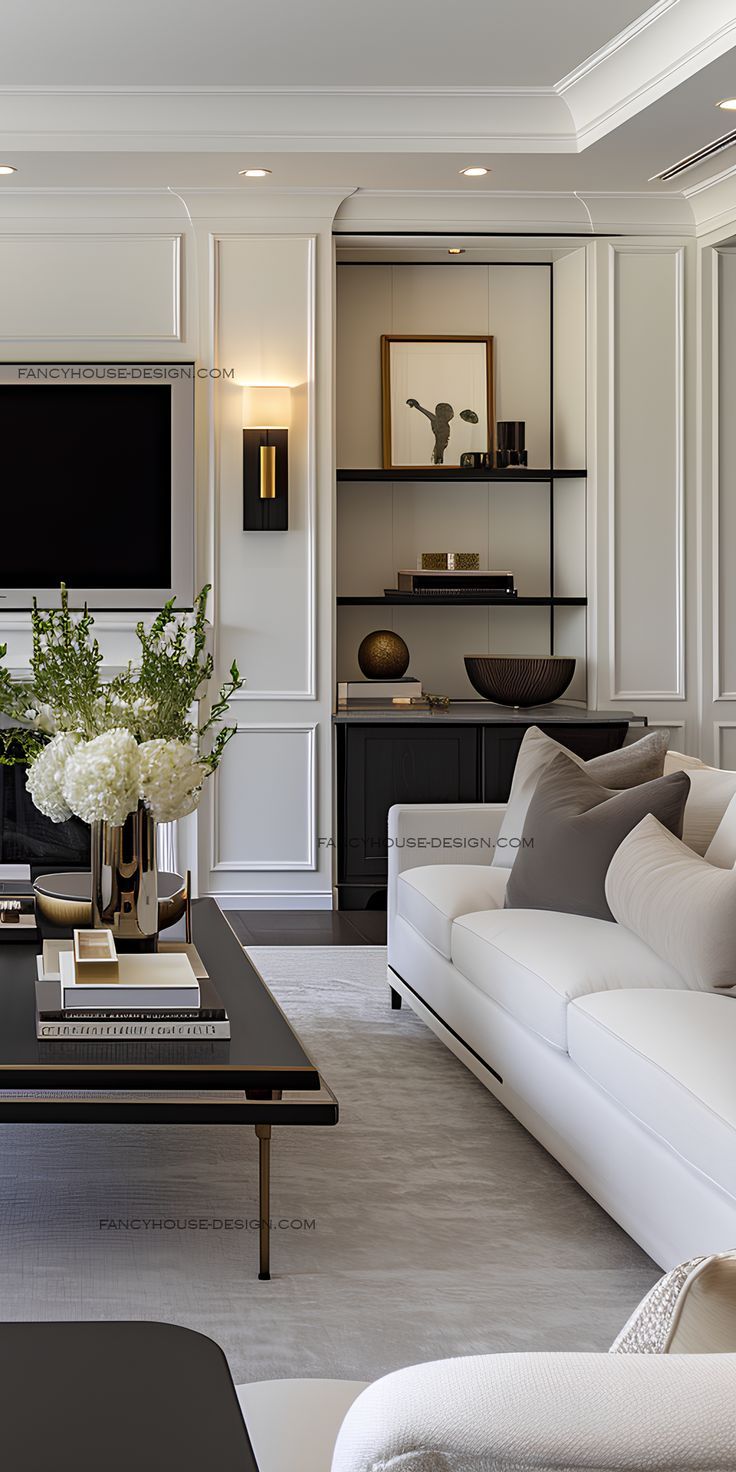 Color psychology plays a crucial role in modern interior design, influencing the ambiance and atmosphere of a space. Different colors evoke different emotions and can completely transform the look and feel of a room. Understanding the psychology behind each color can help create a harmonious and balanced environment that aligns with the overall design theme.
Color psychology plays a crucial role in modern interior design, influencing the ambiance and atmosphere of a space. Different colors evoke different emotions and can completely transform the look and feel of a room. Understanding the psychology behind each color can help create a harmonious and balanced environment that aligns with the overall design theme.
In interior design, warm colors like red, orange, and yellow are often used to create a sense of comfort and intimacy. These colors are known to stimulate energy and creativity, making them ideal for spaces where social interaction and productivity are encouraged. On the other hand, cool colors such as blue, green, and purple have a calming effect and can make a room feel more spacious and serene. By strategically incorporating a mix of warm and cool colors, designers can create a dynamic and visually appealing space.
When designing a space, it’s essential to consider the psychological impact of each color choice. For example, neutrals like white, beige, and gray are versatile options that can serve as a backdrop for bolder accent colors. By carefully selecting a color palette that complements the desired mood and function of the space, designers can revolutionize the way people experience and interact with their environments. As Albert Hadley once said, “Design is coming to grips with one’s real lifestyle, one’s real place in the world.”
Innovative Materials and Textures in Interior Design
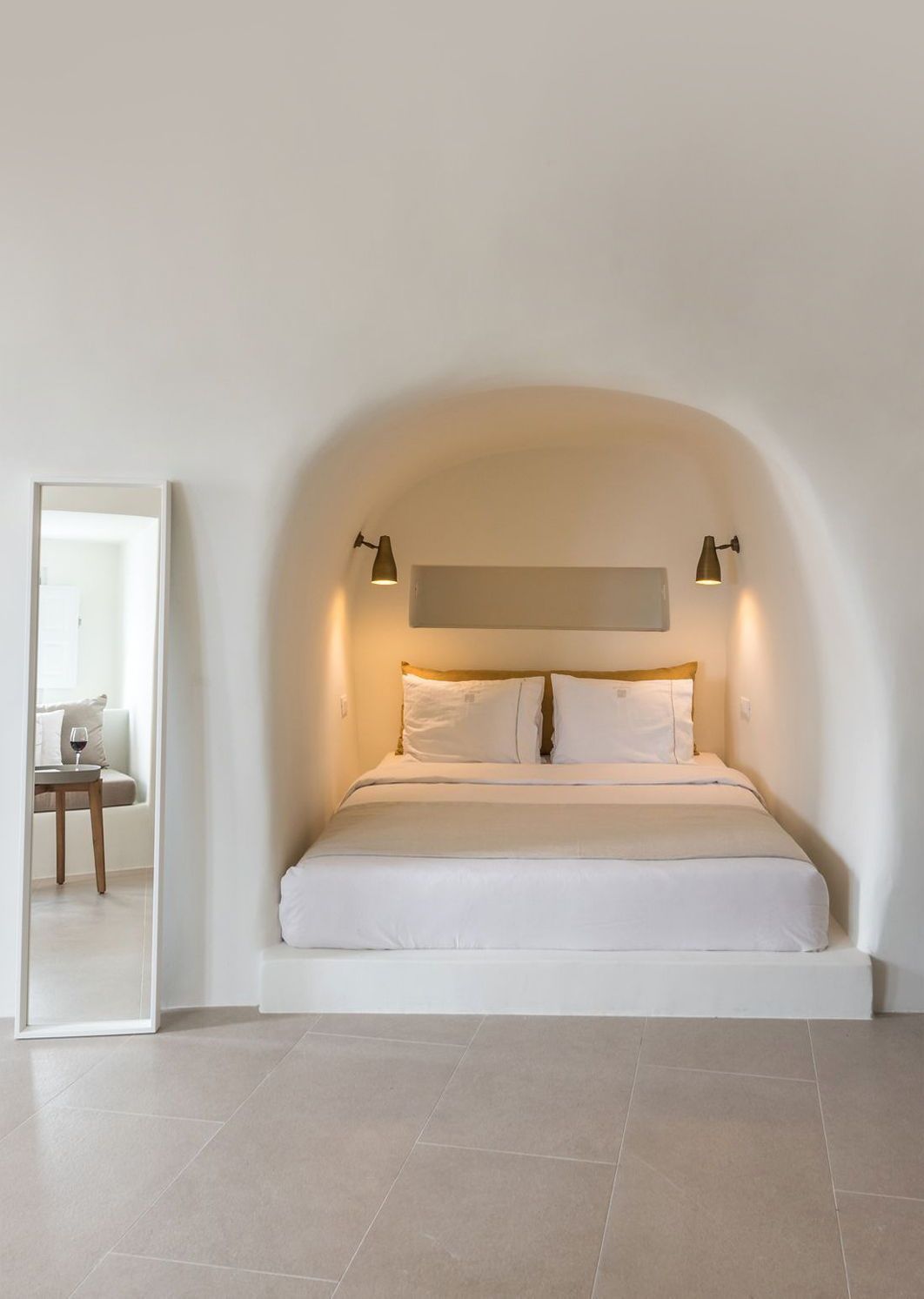 From sleek metallic finishes to cutting-edge sustainable materials, the world of interior design is constantly pushing boundaries with innovative materials and textures. These new advancements are revolutionizing the way spaces are designed and experienced, creating environments that are both visually stunning and functional.
From sleek metallic finishes to cutting-edge sustainable materials, the world of interior design is constantly pushing boundaries with innovative materials and textures. These new advancements are revolutionizing the way spaces are designed and experienced, creating environments that are both visually stunning and functional.
One exciting trend in modern interior design is the use of 3D printed elements to add a unique touch to spaces. Imagine a custom-made lampshade or a intricately designed room divider created using this cutting-edge technology. These pieces not only add a futuristic element to the space but also showcase the endless possibilities of blending technology with design.
Another game-changing material making waves in interior design is recycled plastic. By repurposing this often discarded material into stunning furniture pieces or decorative accents, designers are not only reducing waste but also adding a touch of eco-consciousness to their projects. This sustainable approach to design is not only stylish but also helps in creating a more environmentally friendly space.
The Rise of Smart Home Technology
 Smart home technology has truly transformed the way we interact with our living spaces. From voice-controlled lighting systems to automated thermostats, the integration of technology into our homes has revolutionized modern interior design. With the rise of smart devices, homeowners now have the ability to create a truly connected and efficient living environment.
Smart home technology has truly transformed the way we interact with our living spaces. From voice-controlled lighting systems to automated thermostats, the integration of technology into our homes has revolutionized modern interior design. With the rise of smart devices, homeowners now have the ability to create a truly connected and efficient living environment.
One of the key benefits of smart home technology is its ability to seamlessly blend with a variety of interior design styles. Whether you prefer a minimalist Scandinavian aesthetic or a more eclectic bohemian look, there are smart home devices that can complement your vision. This level of customization allows homeowners to not only enhance the functionality of their spaces but also infuse their personal style into every aspect of their home.
Furthermore, the convenience and comfort provided by smart home technology cannot be overstated. Imagine being able to adjust the temperature, lighting, and even music in your home with a simple voice command or tap on your smartphone. This level of control not only enhances the overall ambiance of a space but also simplifies daily routines and enhances the overall quality of life for homeowners.
Biophilic Design: Bringing Nature Indoors
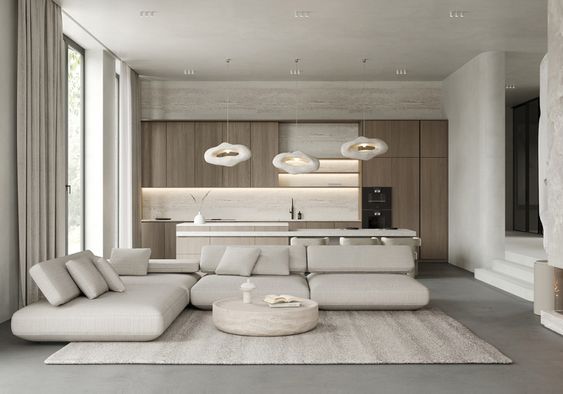 Biophilic design is a growing trend in the world of interior design, focusing on incorporating elements of nature into indoor spaces. The concept behind biophilic design is to create environments that mimic nature, providing a sense of connection to the outdoors and promoting well-being. By bringing the outside in, designers are able to create spaces that are not only aesthetically pleasing but also promote health and productivity.
Biophilic design is a growing trend in the world of interior design, focusing on incorporating elements of nature into indoor spaces. The concept behind biophilic design is to create environments that mimic nature, providing a sense of connection to the outdoors and promoting well-being. By bringing the outside in, designers are able to create spaces that are not only aesthetically pleasing but also promote health and productivity.
One key aspect of biophilic design is the use of natural materials such as wood, stone, and plants. These materials not only add a sense of warmth and texture to a space but also help to improve air quality and create a calming atmosphere. Incorporating elements like living walls, indoor gardens, and water features can further enhance the biophilic experience, bringing a touch of nature into any room.
Incorporating biophilic design principles into interior spaces can have a profound impact on the way we interact with our surroundings. By creating environments that are in harmony with nature, designers are revolutionizing the way we think about interior design. Whether it’s a cozy living room, a sleek office space, or a luxurious hotel lobby, biophilic design is transforming spaces and redefining the modern aesthetic.
Creating Functional Workspaces at Home
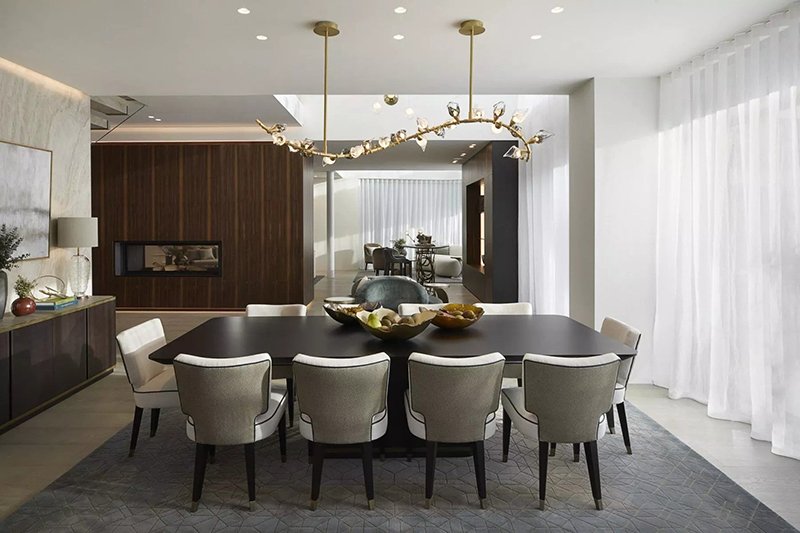 In today’s fast-paced world, the concept of home has taken on a whole new meaning. With the rise of remote work and virtual collaboration, the need for functional workspaces at home has become more important than ever. As we navigate this new reality, modern interior design has evolved to meet the demands of creating efficient and inspiring work environments within the confines of our homes.
In today’s fast-paced world, the concept of home has taken on a whole new meaning. With the rise of remote work and virtual collaboration, the need for functional workspaces at home has become more important than ever. As we navigate this new reality, modern interior design has evolved to meet the demands of creating efficient and inspiring work environments within the confines of our homes.
One of the key aspects of revolutionizing spaces for home offices is optimizing space utilization. By strategically placing furniture and accessories, such as ergonomic chairs and adjustable desks, individuals can create a productive work environment that is tailored to their needs. Incorporating smart storage solutions, such as shelves and cabinets, can help keep the workspace organized and clutter-free.
Another trend in modern interior design for home workspaces is the integration of technology. From cord management systems to built-in charging stations, incorporating technology seamlessly into the design can help streamline workflow and enhance productivity. Additionally, incorporating natural elements like indoor plants and natural light can create a calming and rejuvenating atmosphere conducive to focus and creativity. As we continue to adapt to the changing landscape of work, the evolution of modern interior design plays a crucial role in creating functional and inspiring workspaces at home.
The Importance of Lighting in Interior Design
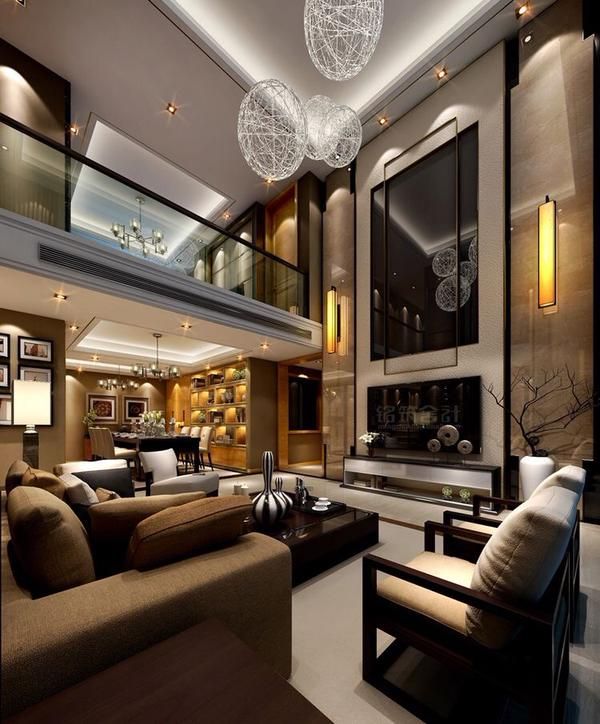 Lighting plays a crucial role in modern interior design, transforming spaces and creating unique atmospheres. The right lighting can highlight key architectural features, enhance the overall aesthetic, and set the mood for different activities in a room.
Lighting plays a crucial role in modern interior design, transforming spaces and creating unique atmospheres. The right lighting can highlight key architectural features, enhance the overall aesthetic, and set the mood for different activities in a room.
With advancements in technology, interior designers now have a plethora of lighting options at their disposal. From energy-efficient LED lights to smart lighting systems that can be controlled via smartphone apps, the possibilities are endless.
Good lighting design also takes into consideration the natural light sources available in a space, as well as the different types of artificial lighting that can be used to complement them. By strategically combining ambient, task, and accent lighting, designers can create well-balanced and visually appealing interiors that meet the needs of their clients.
Inclusive Design: Making Spaces Accessible to All
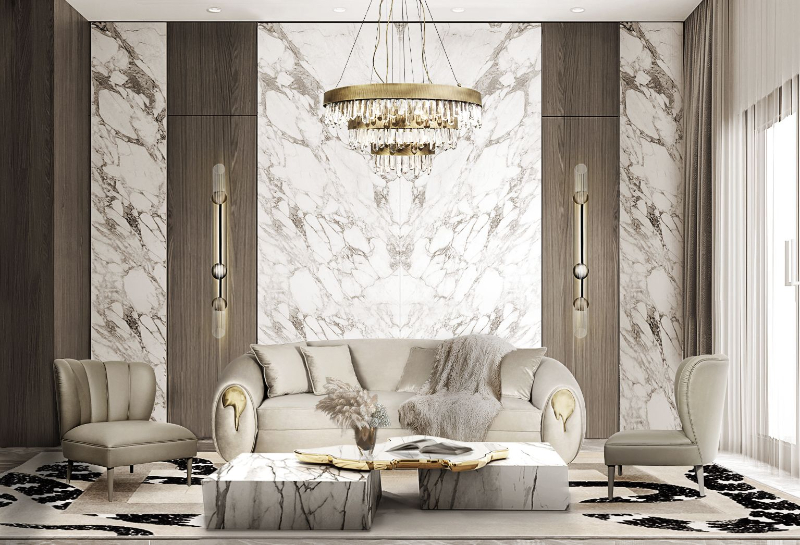 **Introduction**
**Introduction**
Inclusive design is a concept that is revolutionizing modern interior design, making spaces accessible to all individuals regardless of their abilities. This evolutionary approach aims to create environments that are welcoming and usable by everyone, including those with disabilities. By incorporating inclusive design principles, interior designers are able to cater to a wider range of users and provide a more inclusive experience for all.
**Key Elements of Inclusive Design**
-
- **Universal Accessibility:** Ensuring that spaces are accessible to individuals of all abilities, including those with mobility impairments or visual or auditory impairments.
-
- **Flexible Design:** Designing spaces that can be easily adapted to meet the needs of different users, such as adjustable furniture or modular layouts.
-
- **Inclusive Technology:** Integrating technology that enhances accessibility, such as voice-activated controls or tactile signage for individuals with visual impairments.
**Benefits of Inclusive Design**
-
- Enhanced user experience for all individuals, promoting a sense of inclusivity and equality.
-
- Improved functionality and usability, making spaces more efficient and user-friendly.
-
- Increased marketability and appeal to a diverse range of users, including individuals with disabilities.
Personalizing Your Space: The Impact of Personal Touches
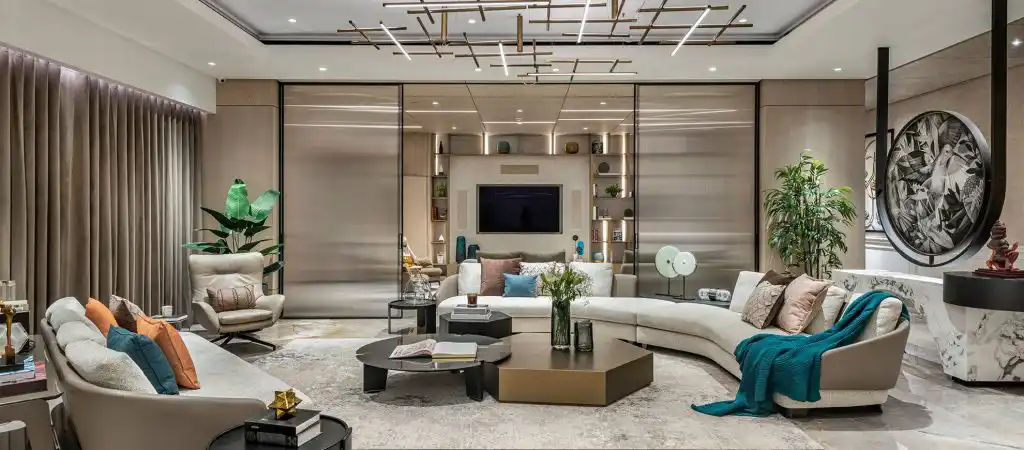 In the world of modern interior design, personalizing your space has become a key element in creating a truly unique and inviting environment. By adding personal touches to your home or office, you can transform a plain and generic space into a reflection of your personality and style.
In the world of modern interior design, personalizing your space has become a key element in creating a truly unique and inviting environment. By adding personal touches to your home or office, you can transform a plain and generic space into a reflection of your personality and style.
Adding personal touches to your space can have a profound impact on your overall well-being and happiness. Surrounding yourself with items that hold sentimental value or reflect your interests and passions can create a sense of comfort and familiarity. Whether it’s displaying your favorite artwork, incorporating family photos, or showcasing souvenirs from your travels, these personal touches can make your space feel more inviting and personalized.
By incorporating personal touches into your space, you can also create a more welcoming and inviting atmosphere for guests and visitors. Whether it’s a cozy reading nook with your favorite books and a comfortable chair, or a gallery wall showcasing your favorite memories, these personal elements can spark conversation and create a more memorable experience for anyone who enters your space. Embracing personalization in interior design is not just about aesthetics, but about creating a space that truly feels like home.
Future Trends in Modern Interior Design
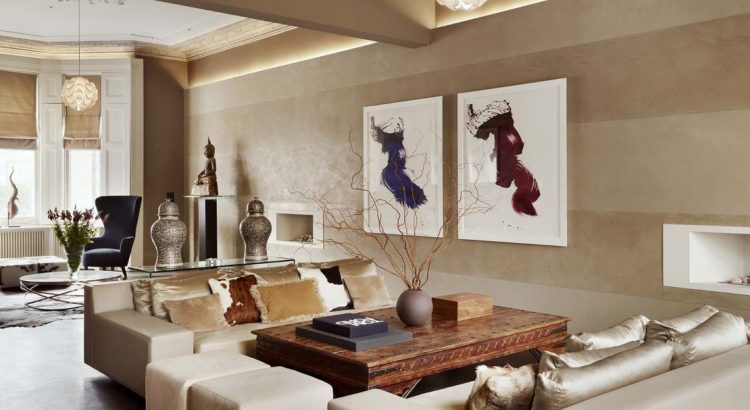 In the ever-evolving world of interior design, we are witnessing a shift towards more sustainable and eco-friendly practices. Designers are increasingly incorporating renewable materials, energy-efficient lighting, and green spaces into their projects. This emphasis on sustainability not only benefits the environment but also creates healthier and more dynamic living spaces for occupants.
In the ever-evolving world of interior design, we are witnessing a shift towards more sustainable and eco-friendly practices. Designers are increasingly incorporating renewable materials, energy-efficient lighting, and green spaces into their projects. This emphasis on sustainability not only benefits the environment but also creates healthier and more dynamic living spaces for occupants.
The use of technology is also revolutionizing modern interior design, with smart home integration becoming increasingly popular. From automated lighting and temperature control to voice-activated appliances, technology is seamlessly blending into the design of our living spaces. This trend not only enhances convenience but also adds a futuristic and sophisticated touch to homes.
Minimalism continues to be a dominant trend in modern interior design, with clean lines, open spaces, and a focus on functionality. Designers are embracing the “less is more” philosophy, creating simple yet striking interiors that exude elegance and sophistication. By decluttering spaces and opting for quality over quantity, minimalist design allows for a sense of tranquility and balance in our homes.
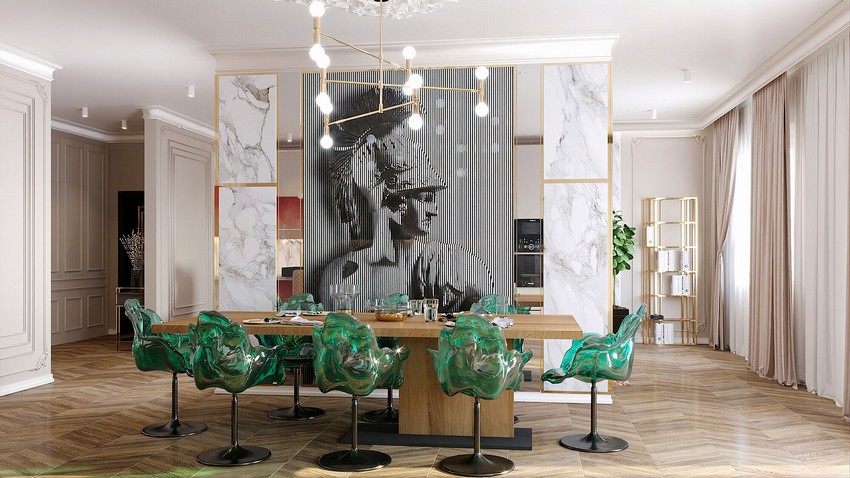 Q&A
Q&A
Q: What are some key factors that have influenced the evolution of modern interior design?
A: The evolution of modern interior design has been influenced by a variety of factors, including advancements in technology, changes in social norms and values, and the rise of innovative design trends.
Q: How has technology impacted modern interior design?
A: Technology has revolutionized modern interior design by allowing for the integration of smart home features, 3D printing, and sustainable materials into spaces.
Q: What are some popular design trends that have emerged in modern interior design?
A: Some popular design trends in modern interior design include minimalism, biophilic design, and the use of natural materials and textures.
Q: How has the concept of sustainability influenced modern interior design?
A: The concept of sustainability has played a significant role in modern interior design, with designers incorporating eco-friendly materials and practices into their projects to reduce their environmental impact.
Q: How has the role of the interior designer evolved in modern times?
A: The role of the interior designer has evolved to encompass not only the aesthetic aspect of design, but also considerations for functionality, sustainability, and user experience in modern spaces.
